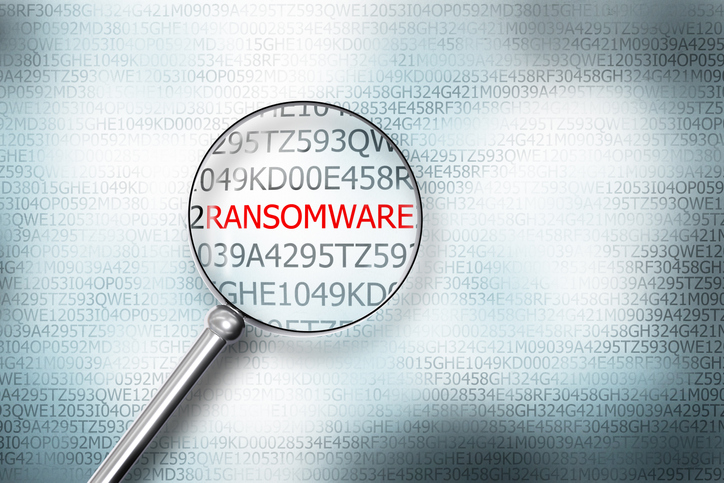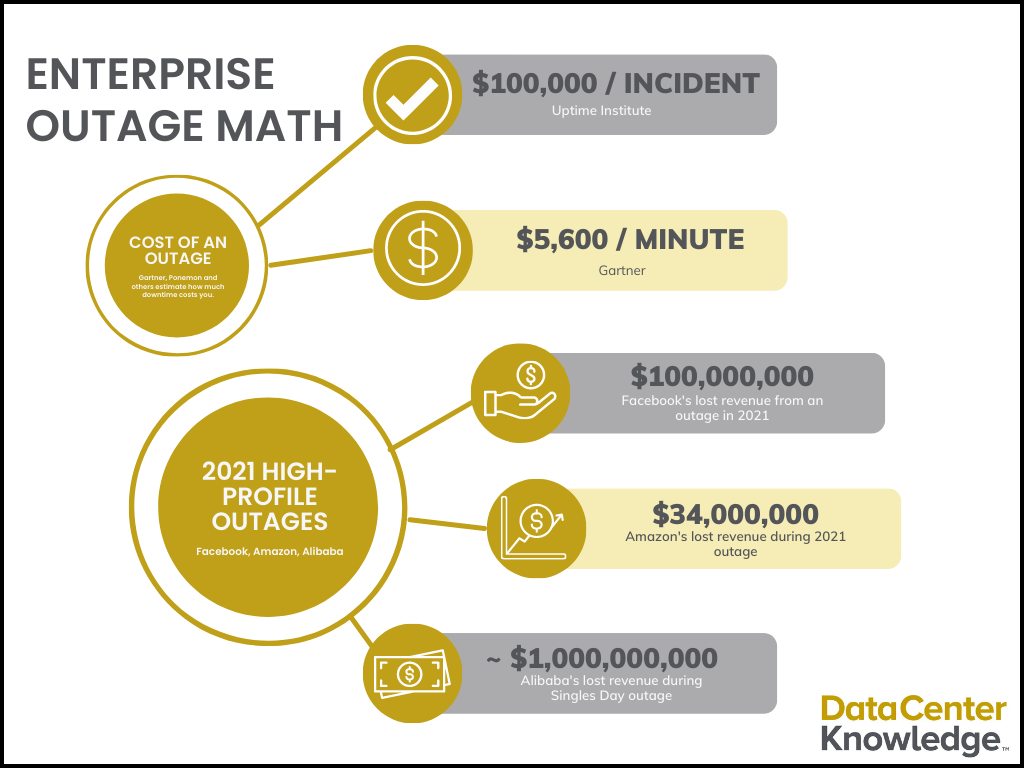Ransomware hit usually costs PH firm about $1M, says Fortinet
MANILA -A Philippine company usually spends about P55 million or about $1 million to resolve a single data breach and pay off ransom to regain system access, according to cybersecurity company Fortinet, as perpetrators are financially motivated to keep on launching cyberattacks.
Fortinet Philippines country manager Alan Reyes, in press briefing on Thursday, said that the “financial gain is always there as a motivation for the people” to exploit corporate networks.
He said that the multi-million spending to recover data from ransomware — an attack that holds one entity’s data or system hostage until a ransom is paid — was the current “market price” companies are willing to pay.
However, Reyes stressed that paying off ransom does not guarantee absolute protection as perpetrators might just repeat the attack and demand money again.
According to the company’s “H1 2023 Global Threat Landscape” report, the daily number of cyber threats detected in the country during the second quarter was 17.7 million, an uptick from 15 million the previous quarter.
READ: 50% of firms with cyberdefenses still victimized
Broken down, most of the cyber threats are botnets, which can enable hackers to steal data, send spam and illegally obtain access to devices.
Reyes explained the increase in cyberattacks could have been aided by artificial technology (AI), which can help threat actors in creating their exploits.
Noushin Shabab, senior security researcher of Kaspersky’s Global Research and Analysis Team in Asia Pacific, previously explained that AI could be used in lodging advanced persistent threats, a cyberattack that seeks to obtain unauthorized access into a computer network and tends to avoid detection for an extended period.
…




